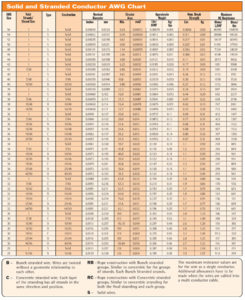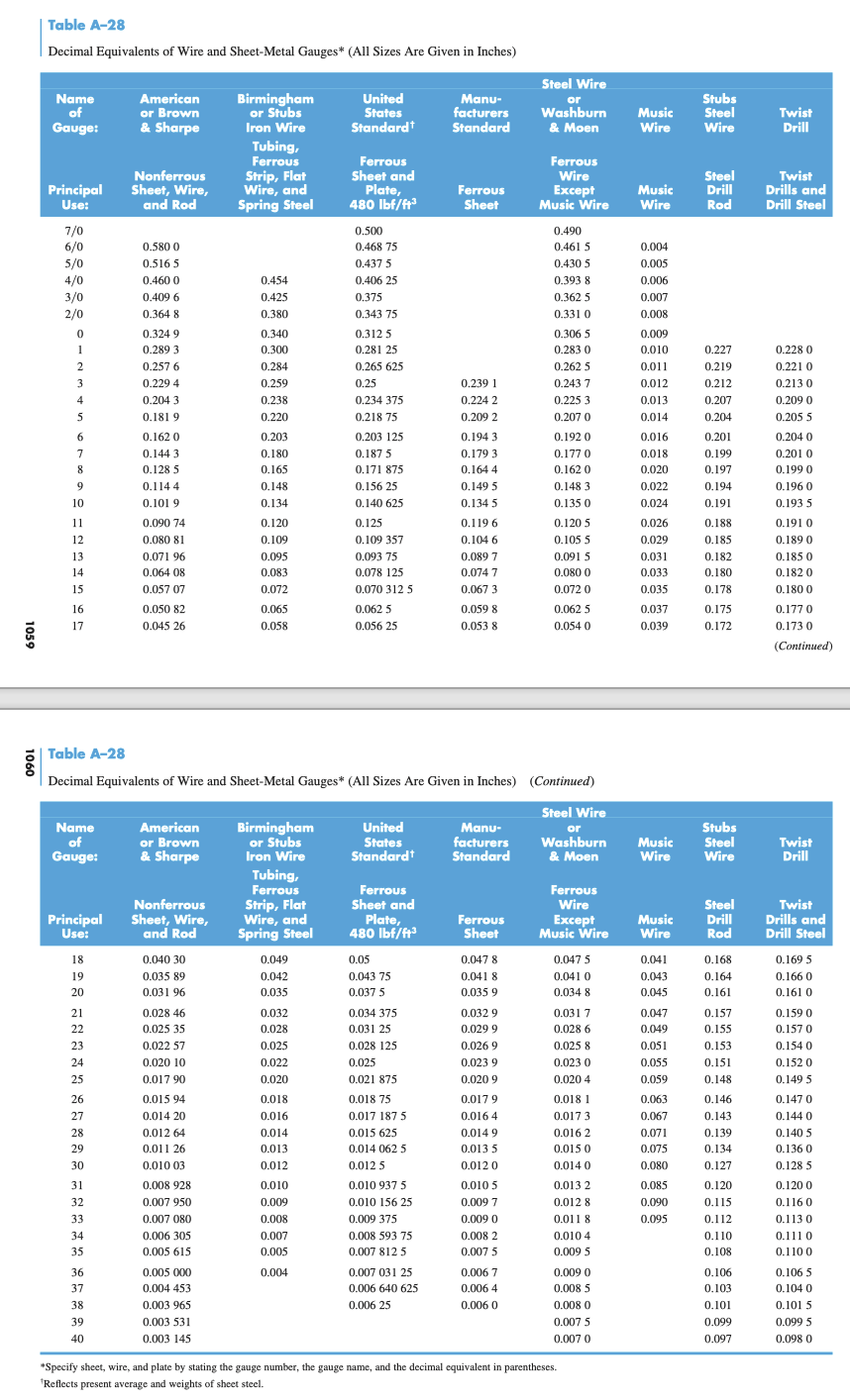
Circular mil, Electrical industry standard for wires larger than 4/0.

IEC 60228, the metric wire-size standard used in most parts of the world.30.īritish Standard Wire Gauge (SWG) diameters 39 and of 0.8 thou ( 0.8 mil) through No. Thus, it runs in constant steps of 0.4 thou ( 0.4 mil) through the range No. However, the system is piecewise linear, only approximating the exponential curve loosely. Because the weight per unit length is related to the cross sectional area, and therefore to the square of the diameter, the diameter diminishes by approximately 10.6%:ĭiameter Ratio = 1 − 1 − 0.2 ≈ 10.6 % The weight per unit length diminishes by an average of approximately 20% at each step. The system as a whole approximates an exponential curve, plotting diameter against gauge-number (each size is a approximately a constant multiple of the previous size). The wire diameter diminishes with increasing size number. Sizes are specified as wire diameters, stated in thou and tenths of a thou (mils and tenths). The basis of the system is the thou (or mil in US English), or 0.001 in. SWG is not to be confused with American wire gauge, which has a similar but not interchangeable numbering scheme.Ī table of the gauge numbers and wire diameters is shown below. It was made a legal standard on 1 March, 1884, by the British Board of Trade. It was constructed by improving the Birmingham Wire Gauge. Have a question about this information or a specific wire or cable Need help figuring out if a wire meets. SWG was fixed by Order of Council August 23, 1883. MM2 to AWG/MCM conversion chart included in PDF. The current British Standard for metallic materials such as wire and sheet is BS 6722:1986, which is a solely metric standard. Cross sectional area in square millimetres is now the more usual size measurement for wires used in electrical installation cables. Use of SWG sizes has fallen greatly in popularity, but they are still used as a measure of thickness in guitar strings and some electrical wire. The wire size chart below shows allowable ampacities of insulated conductors rated up to and including 2000 Volts, 60☌ through 90☌ (140☏ through 194☏), not more than three current-carrying conductors in raceway, cable, or earth (directly buried), based on ambient air temperature of 30☌ (86☏). It is also known as the Imperial Wire Gauge or British Standard Gauge. 36 instead of an even 5 mils.Imperial unit for wire diameters, as defined in British Standard 3737 A standard wire gaugeīritish Standard Wire Gauge (often abbreviated to Standard Wire Gauge or SWG) is a unit for denoting wire size given by BS 3737:1964 (now withdrawn). Number from the next greater finally gives us 5.000 000 02 mils as the diameter Using this ratio and deriving the size of each The ratio of the diameter of any one size to that of the next 36 which is 5 mils, the diameters of the sizes B. 0000, which is 460 mils in diameter,Īnd No. Since that time the wisdom of the change has been proved throughout its continued use, especially for the users of electrical conductors, in which service the carrying capacity of the wire varying as the area is the most important point to be determined.Ĭonductors for Electrical Ditribution. The advantage of such a system was at once seen by the brass manufacturers, and the gauge then proposed was adopted by them.

In constructing this gauge it was at once seen by the Brown & Sharpe Company that there was a great lack of uniformity in the variations between the different sizes and numbers used in this system, and consequently Brown & Sharpe recommended to the association that they adopt a gauge the numbers of which would correspond to areas varying in geometrical progression. During that year the Association of Brass Wire and Sheet Manufacturers requested the firm of Brown & Sharpe to make a number of “V” gauges numbered according to the Birmingham system, which they intended to adopt as their standard. This Birmingham wire-gauge formed the basis for most of the gauge numbers adopted by the American wire manufacturers with certain minor changes introduced by individual manufacturers, and up to the year 1857 this system continued with its consequent confusion and variations of size. The first effort toward uniformity was made by the wire manufacturers around Birmingham, England, who adopted a set of gauge numbers called the “Old English Wire-gauge,” which was subsequently changed to the Birmingham Wire-gauge.

A cross reference between BWG, imperial sizes and metric equivalents, in terms of tube wall thickness: The wall thickness of a pipe is normally given in decimal parts of an inch rather than as a fraction or gauge number. Both (not suitable for smartphones) Properties of Bare Copper Wire Gauge Birmingham Wire Gauge - BWG - is also known as Stubs Wire Gauge used for drill rod and tool steel wire.


 0 kommentar(er)
0 kommentar(er)
